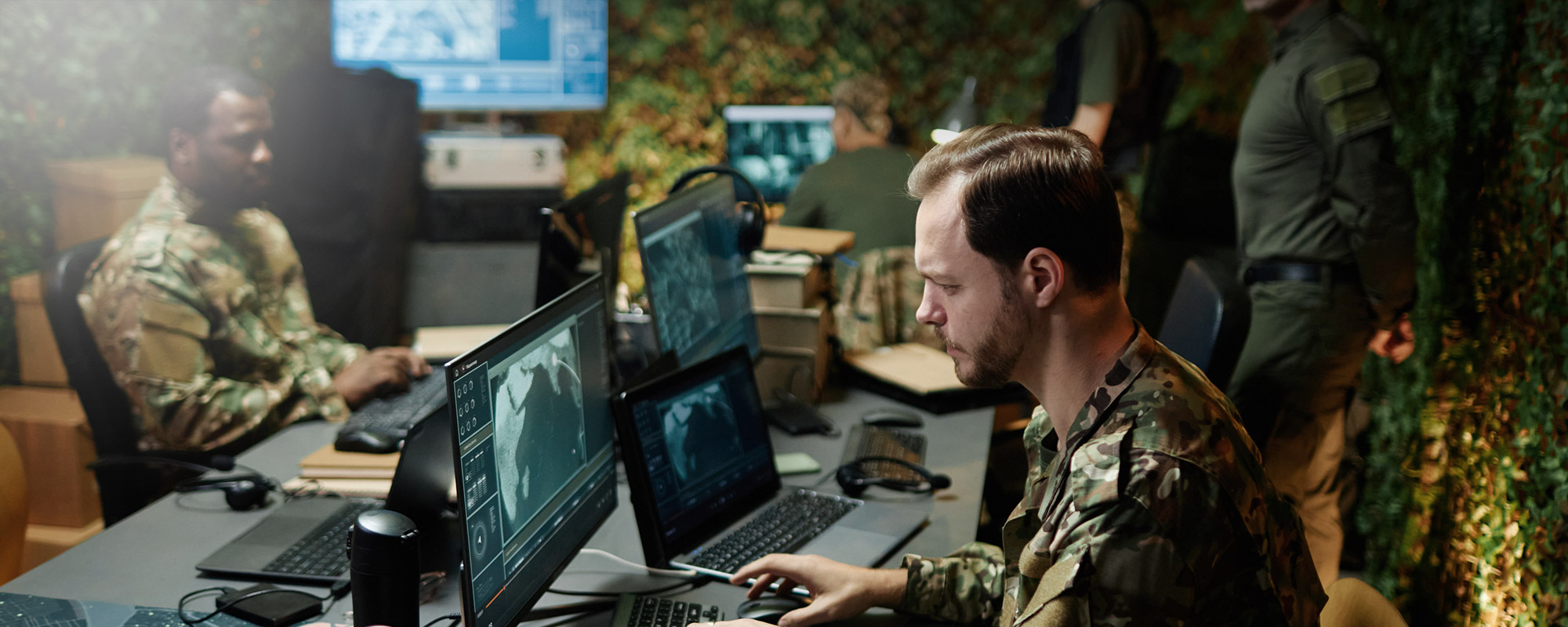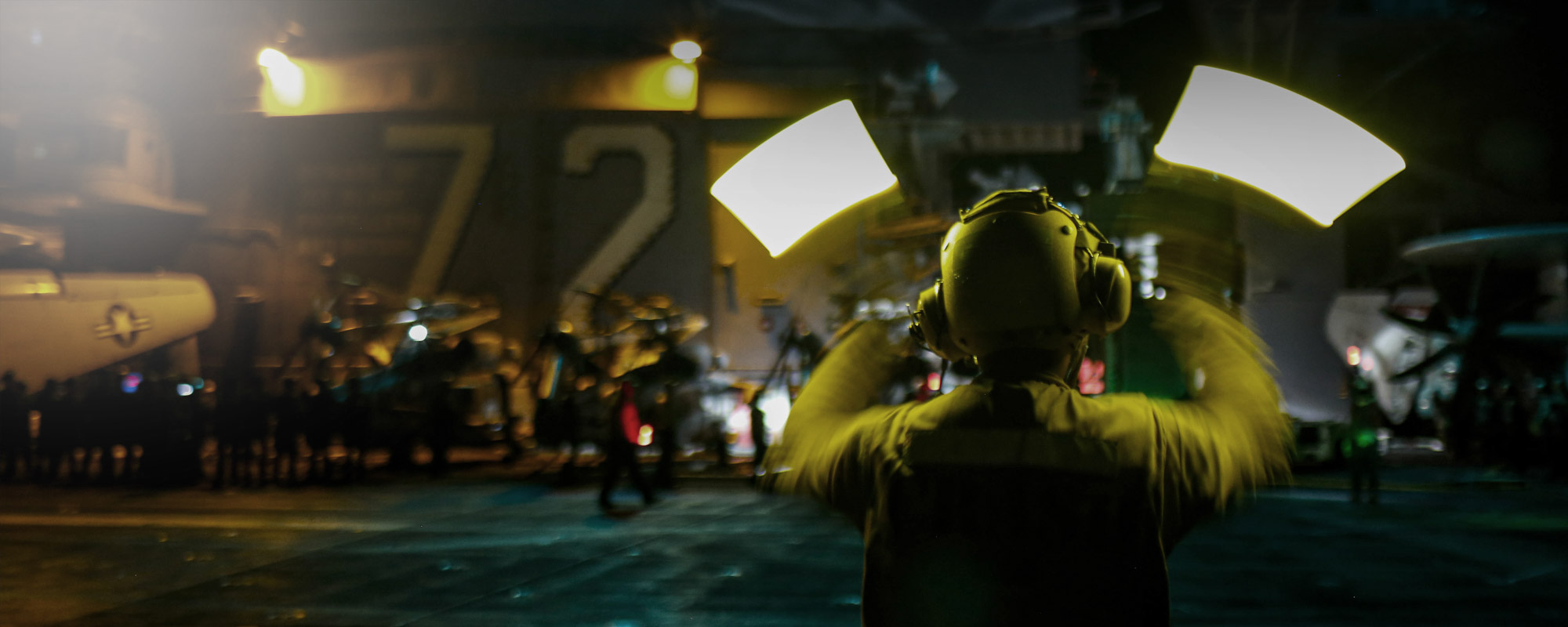Putting Force Design First – Logically
In a time of accelerating threats and rapid technological shifts, the U.S. military should reconsider how it approaches force design in its modernization process. Force design represents the logical first step in force modernization—and it should be performed concurrently with development and employment, not sequentially as current doctrine suggests.
Navigating the Future of Defense: Key Trends Shaping National Security
The national security landscape is shifting rapidly. Advances in technology, evolving geopolitical tensions, and the increasing complexity of modern warfare are challenging long-standing defense strategies. For senior military and government leaders, the challenge is not just keeping pace but staying ahead—anticipating change before it arrives and preparing accordingly.
Shaping the Future of Force Design and Structure in an Era of Rapid Technological Change
In an age where technology evolves at a breakneck pace, military strategies must adapt to maintain relevance and effectiveness. The Marine Corps’ Force Design 2030 (FD2030) initiative represents a bold step forward—not just in acquiring cutting-edge technologies but in creating an integrated, systems-oriented approach to warfare.





